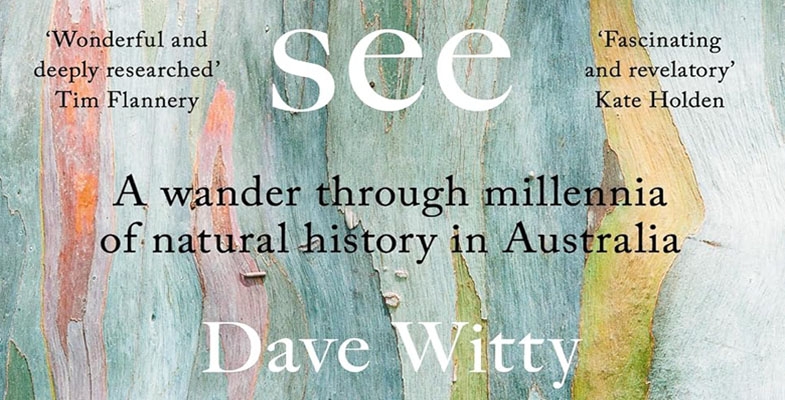This book is delightfully easy to read but not so easy to review in a limited space as it moves widely from topic to topic despite being embraced by a common theme, being Australia’s incredibly diverse tree flora and the human interaction and exploitation both pre- and post-European occupation.
An early chapter captured and intrigued me right away because we lived in Perth for nine years, and he writes through the eyes of a First Nations woman as she traversed Perth's original landscape with its native trees, now changed largely beyond recognition. But the portion of that chapter that deals with Rottnest Island was an eye opener for us who visited the island regularly and actually had our honeymoon there. The brutal incarceration of Aboriginal prisoners and the gradual destruction and thinning of the native flora meant that what we saw on visiting bore little resemblance to its original state.
One chapter features the Leichhardt Tree Nauclea orientalis, a member of Rubiaceae or the coffee family. The so-named tree in Mackay is probably 200 years old and has survived incredible danger and destructive forces like tropical cyclones, has lost all its neighbouring companion flora, but has survived the destructive fate of so many native trees. So-named because it was encountered and recorded by explorer Ludwig Leichhardt, the author highlights its cosmopolitan distribution in the south-west Pacific and its recognition by Melanesian islanders of the Kanaka slave trade as a reminder of home. But of course it was also part of the largely lost native flora of the Yuwibara First Nations inhabitants of the Mackay region and part of its rich history.
The previous paragraph was a brief 10 pages, illuminating and dense with information, but numerous other chapters follow comparable themes with diverse species and settings. For example, having worked inland and encountered isolated palm groves – oases in the middle of nowhere – I was fascinated to learn of the possibility that these had been brought south by First Nations travellers from closely related tropical palm groves, and had only modestly diversified and evolved to fit their new homes.
He touches a number of times on the huge diversity of eucalypt species, highlighting Dean Nicolle’s Currency Creek ‘tree museum’ in South Australia. He intertwines this with Murray Bail’s Eucalyptus novel, a story in the vein of that country and western song Wolverton Mountain. Coming from Britain which has only 15 or 20 truly native tree species, you can spend a lifetime learning only a small fraction of what Australia has to offer even if you never get beyond the eucalypts.
What author Dave Witty’s professional qualifications are or what he does for a living when he’s not writing books or articles never came clear (he has been awarded a Nature Conservancy nature conservation prize and has published articles in Meanjin and Griffith Review among other journals). But it’s made clear he grew up in Britain and migrated here, and had a long standing relationship that failed after 12 years. The latter arose as an uncomfortable backdrop on several occasions in the book though it did tend to soften and humanise it, and it was good to learn he subsequently met and married a new partner and they have a young daughter.
Dave Witty, Monash University Publishing (2023) 284 pp (reviewed by John Martyn)

